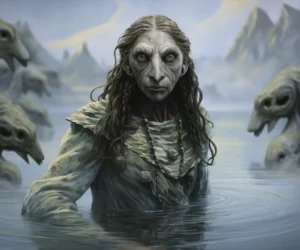The Enigmatic Qallupilluit: Guardians of the Arctic Shores In the icy realms of Inuit mythology, the Qallupilluit—also known as Qalupalik—lurk beneath the frigid waters. These mysterious creatures patrol Arctic shorelines, waiting to capture any child who strays too close to the water’s edge. The myth of the Qallupilluit serves a protective purpose, warning children of…
Mythology
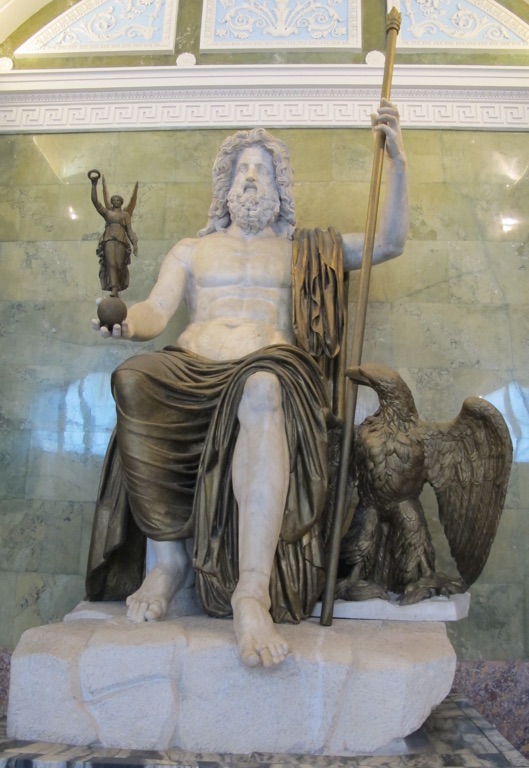
The Role of Mythology in Ancient Civilizations
Mythology has played a pivotal role in shaping the cultures and societies of ancient civilizations. These mythological narratives were not only sources of entertainment but also served as educational tools, imparting moral lessons and values to their audiences. In ancient Greece, for instance, the epic tales of Homer’s “Iliad” and “Odyssey” were more than just stories; they were integral to the education system, teaching virtues such as honor, bravery, and respect for the gods. Similarly, in ancient Egypt, the myth of Osiris, Isis, and Horus was not only a story about the cycle of life and death but also a foundational myth that reinforced the legitimacy of the pharaoh’s rule and the moral codes of society.
Mythology and Religious Practices
The intertwining of mythology with religious practices is evident across various cultures. In ancient Rome, festivals and ceremonies were often dedicated to gods and goddesses, with rituals designed to appease these divine beings and ensure their favor. The Vestal Virgins, for example, were priestesses of Vesta, the goddess of the hearth, and their role was crucial in maintaining the sacred fire, which was believed to be vital for the prosperity of Rome. In Norse mythology, rituals and sacrifices to gods like Odin and Thor were common practices, believed to ensure victory in battle and prosperity in life.
Mythological Creatures and Their Symbolism
Mythological creatures often symbolize human fears, desires, and natural phenomena. The Sphinx in Egyptian mythology, with the body of a lion and the head of a human, represents the power of the pharaoh, combining human intelligence with the strength of a lion. In Greek mythology, the Chimera, a fire-breathing monster with the body of a lion, the head of a goat, and the tail of a serpent, symbolizes the chaos and danger of the unknown. These creatures, while fantastical, served as metaphors for the challenges and mysteries that ancient peoples faced in their daily lives.
The Enduring Legacy of Mythology
The influence of ancient mythologies extends far beyond their original contexts, permeating modern literature, art, and media. Characters and themes from Greek, Egyptian, Norse, and Roman myths have found new life in contemporary books, movies, and video games, demonstrating the timeless appeal of these stories. The hero’s journey, a narrative structure found in many myths, has become a foundational concept in storytelling, influencing countless works of fiction. The enduring legacy of mythology underscores its universal relevance, reflecting the shared human experience across time and culture.
In conclusion, mythology is a testament to the creativity and imagination of ancient civilizations, offering insights into their beliefs, values, and fears. These stories, with their gods, heroes, and mythical creatures, continue to captivate and inspire, reminding us of the power of narrative to shape and reflect the human condition.
Mythology and Religion
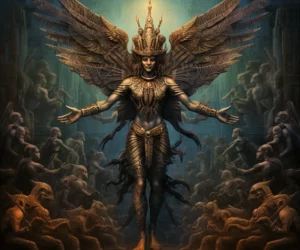
The Anunnaki
The Anunnaki are a fascinating group of deities that played a significant role in the mythology and religion of ancient Mesopotamian civilizations. Their origins, characteristics, and functions have intrigued scholars and sparked the imagination of those interested in ancient cultures. Let’s explore the history, mythology, and cultural significance of the Anunnaki. Origins and Etymology The…

Houska Castle
Introduction to Houska Castle Houska Castle stands in the Liberec Region of the Czech Republic. About 47 km north of Prague, this well-preserved early Gothic castle boasts a Gothic chapel, a green chamber with late-Gothic paintings, and a knight’s drawing room. Historical Significance Constructed in the late 13th century during Ottokar II of Bohemia’s reign,…
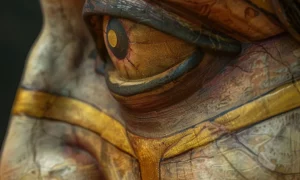
Olmec Gods
The Olmec civilization, flourishing from before 1200 BCE until around 400 BCE along Mexico’s southern Gulf Coast, stands as a monumental beacon in the annals of Mesoamerican history. As the progenitor of later Mesoamerican cultures, the Olmecs have left an indelible mark on the region’s religious and mythological landscape. Despite the absence of direct written accounts of their religious beliefs, scholars have pieced together a complex tapestry of Olmec deities and supernaturals through meticulous archaeological and iconographic analysis. This exploration into the Olmec pantheon not only sheds light on the civilization’s spiritual realm but also underscores the profound influence the Olmecs had on subsequent Mesoamerican religious thought.
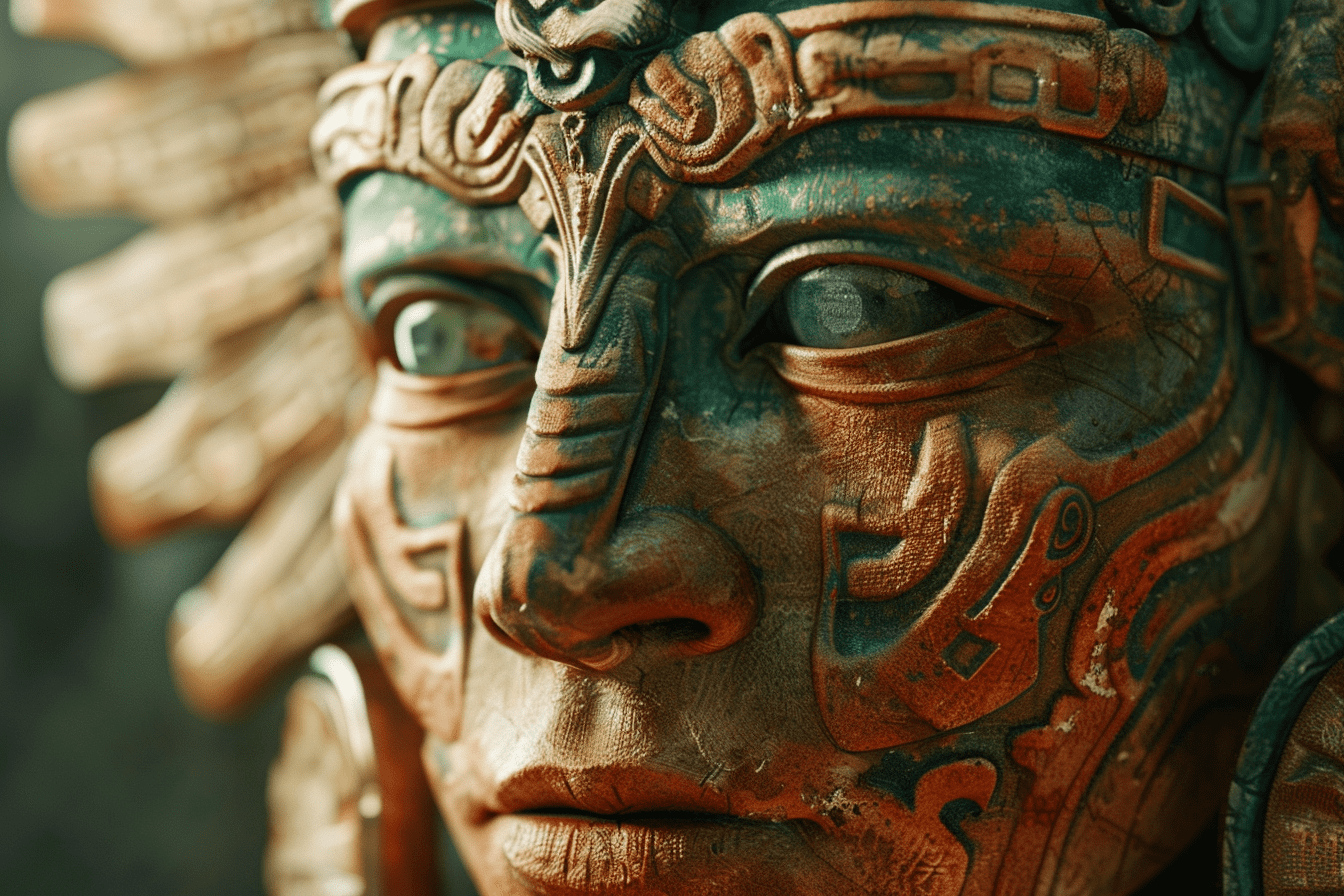
Itzamna
Itzamná, often regarded as one of the most significant deities in the ancient Maya pantheon, is traditionally viewed as a creator god and a patron of writing, learning, and the sciences. The origins of Itzamná are shrouded in the mists of Mesoamerican prehistory, with his name and attributes suggesting a deep-rooted significance in Maya mythology. Itzamná is frequently identified as the son of the creator couple Hunab Ku and the brother or consort of Ix Chel, a moon goddess associated with fertility and childbirth.
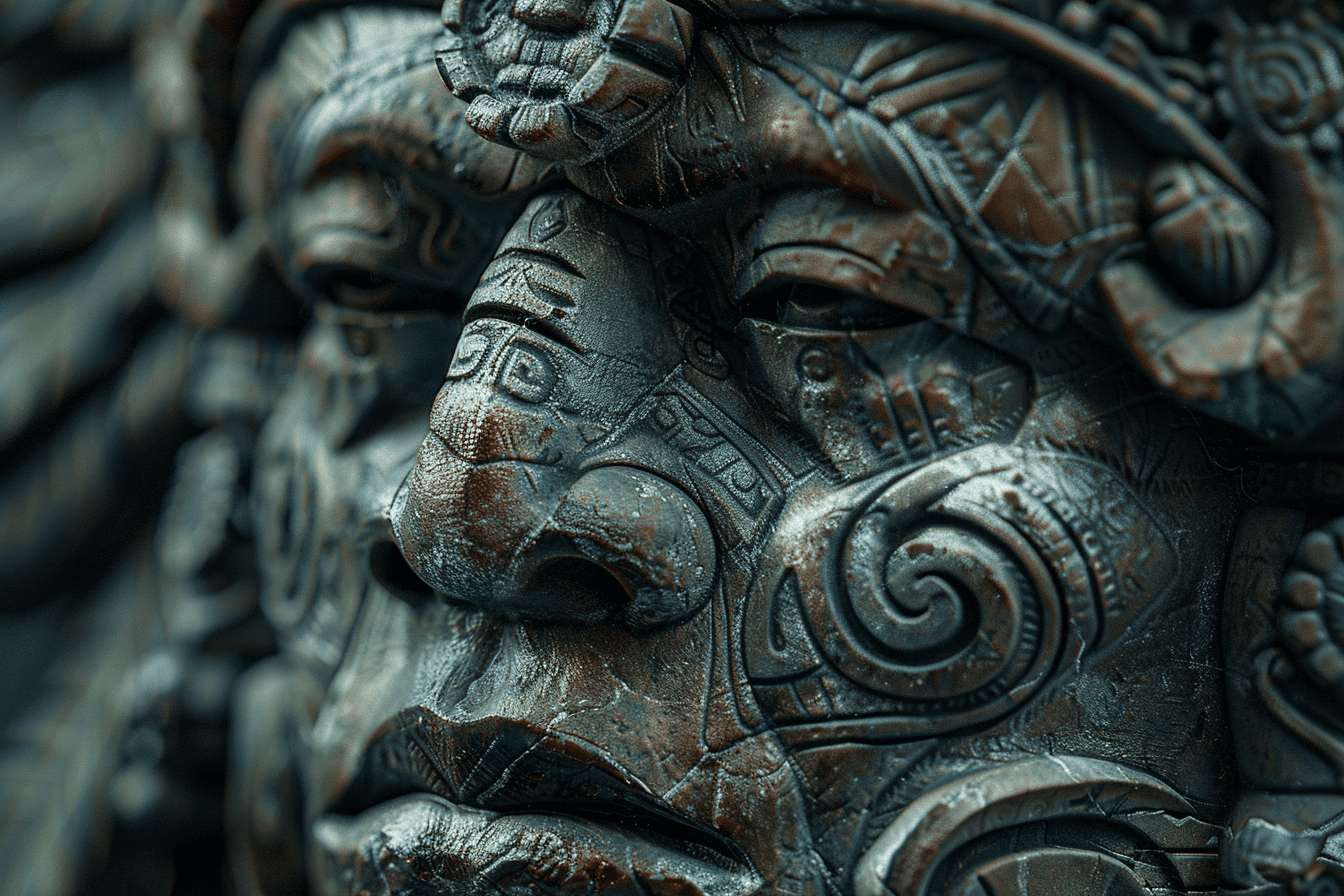
Ah Puch
Ah Puch, known in the Maya civilization as the god of death, holds a significant place in the pantheon of Mayan deities. His presence is a testament to the complex relationship the ancient Maya had with the concept of death and the afterlife. The etymology of Ah Puch’s name is somewhat debated among scholars, but it is often associated with a sound that mimics the rattle of bones, a fitting imagery for the deity of death. In the Mayan pantheon, Ah Puch’s role was not just to oversee the dead but also to govern over the darker aspects of the human experience, including decay and disaster.

